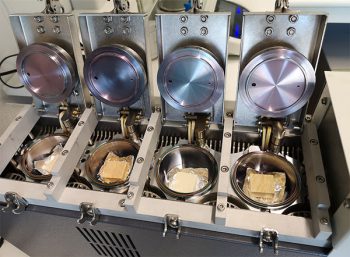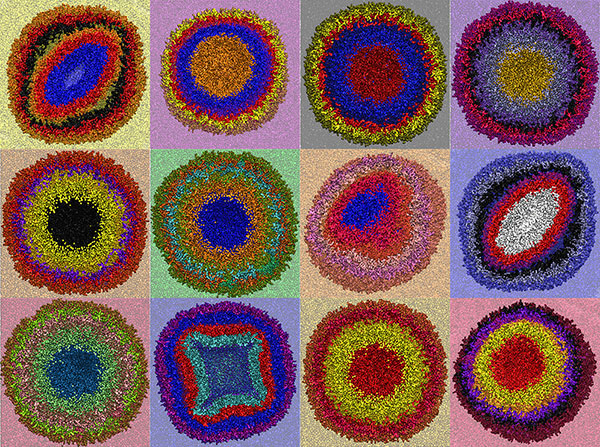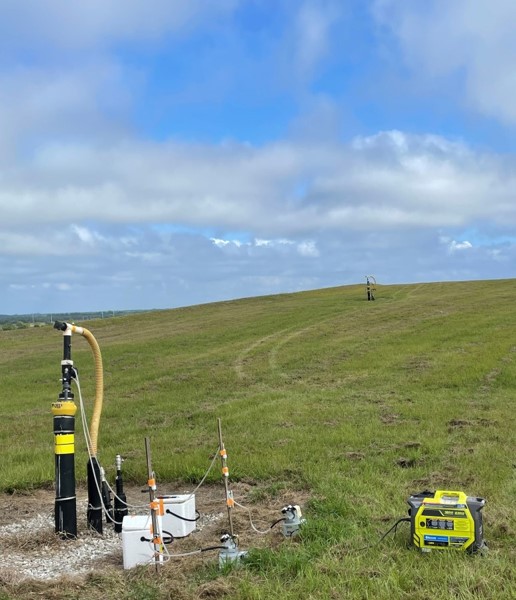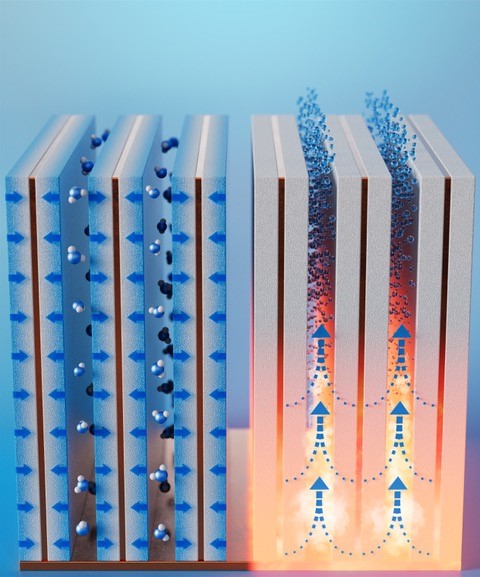FOR IMMEDIATE RELEASE
“Tree Species-Dependent Inactivation of Coronaviruses and Enteroviruses on Solid Wood Surfaces”
ACS Applied Materials & Interfaces
Viruses, including the coronavirus that causes COVID-19, can get passed from person to person via contaminated surfaces. But can some surfaces reduce the risk of this type of transmission without the help of household disinfectants? As reported in ACS Applied Materials & Interfaces, wood has natural antiviral properties that can reduce the time viruses persist on its surface — and some species of wood are more effective than others at reducing infectivity.

Enveloped viruses, like the coronavirus, can live up to five days on surfaces; nonenveloped viruses, including enteroviruses linked to the common cold, can live for weeks, in some cases even if the surfaces are disinfected. Previous studies have shown that wood has antibacterial and antifungal properties, making it an ideal material for cutting boards. However, wood’s ability to inactivate viruses has yet to be explored, which is what Varpu Marjomäki and colleagues set out to study.
The researchers looked at how long enveloped and nonenveloped viruses remained infectious on the surface of six types of wood: Scots pine, silver birch, gray alder, eucalyptus, pedunculate oak and Norway spruce. To determine viral activity, they flushed a wood sample’s surface with a liquid solution at different time points and then placed that solution in a petri dish that contained cultured cells. After incubating the cells with the solution, they measured the number (if any) infected with the virus.
Results from their demonstrations with an enveloped coronavirus showed that pine, spruce, birch and alder need one hour to completely reduce the virus’ ability to infect cells, with eucalyptus and oak needing two hours. Pine had the fastest onset of antiviral activity, beginning after five minutes. Spruce came in second, showing a sharp drop in infectivity after 10 minutes.
For a nonenveloped enterovirus, the researchers found that incubation on oak and spruce surfaces resulted in a loss of infectivity within about an hour, with oak having an onset time of 7.5 minutes and spruce after 60 minutes. Pine, birch and eucalyptus reduced the virus’ infectivity after four hours, and alder showed no antiviral effect.
Based on their study data, the researchers concluded that the chemical composition of a wood’s surface is primarily responsible for its antiviral functionality. While determining the exact chemical mechanisms responsible for viral inactivation will require further study, they say these findings point to wood as a promising potential candidate for sustainable, natural antiviral materials.
The authors acknowledge funding from the Research Council of Finland and the Jane and Aatos Erkko Foundation.
###
The American Chemical Society (ACS) is a nonprofit organization chartered by the U.S. Congress. ACS’ mission is to advance the broader chemistry enterprise and its practitioners for the benefit of Earth and all its people. The Society is a global leader in promoting excellence in science education and providing access to chemistry-related information and research through its multiple research solutions, peer-reviewed journals, scientific conferences, eBooks and weekly news periodical Chemical & Engineering News. ACS journals are among the most cited, most trusted and most read within the scientific literature; however, ACS itself does not conduct chemical research. As a leader in scientific information solutions, its CAS division partners with global innovators to accelerate breakthroughs by curating, connecting and analyzing the world’s scientific knowledge. ACS’ main offices are in Washington, D.C., and Columbus, Ohio.
To automatically receive press releases from the American Chemical Society, contact newsroom@acs.org.
Note: ACS does not conduct research, but publishes and publicizes peer-reviewed scientific studies.






